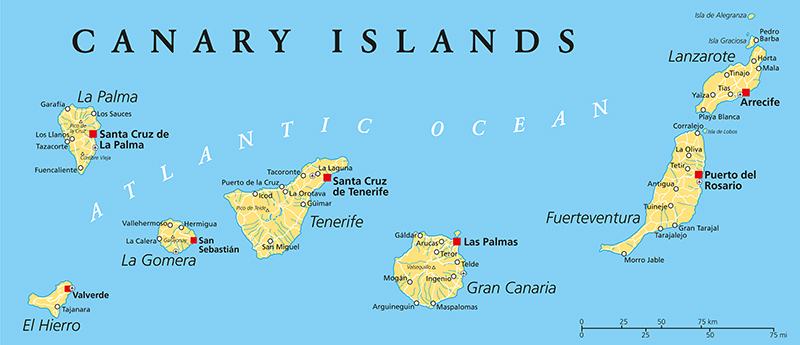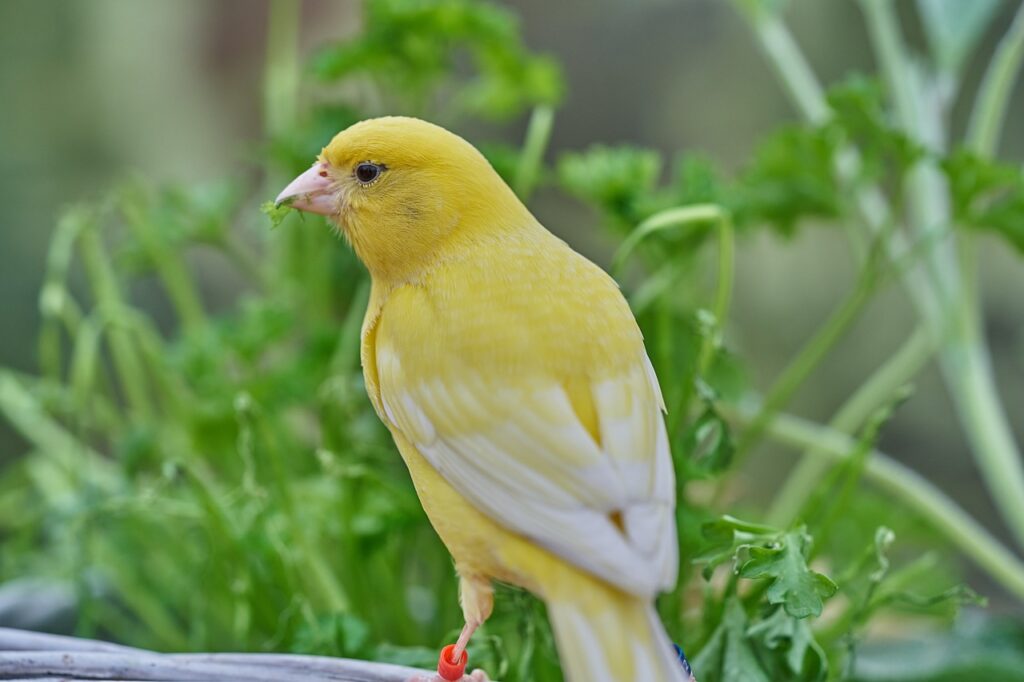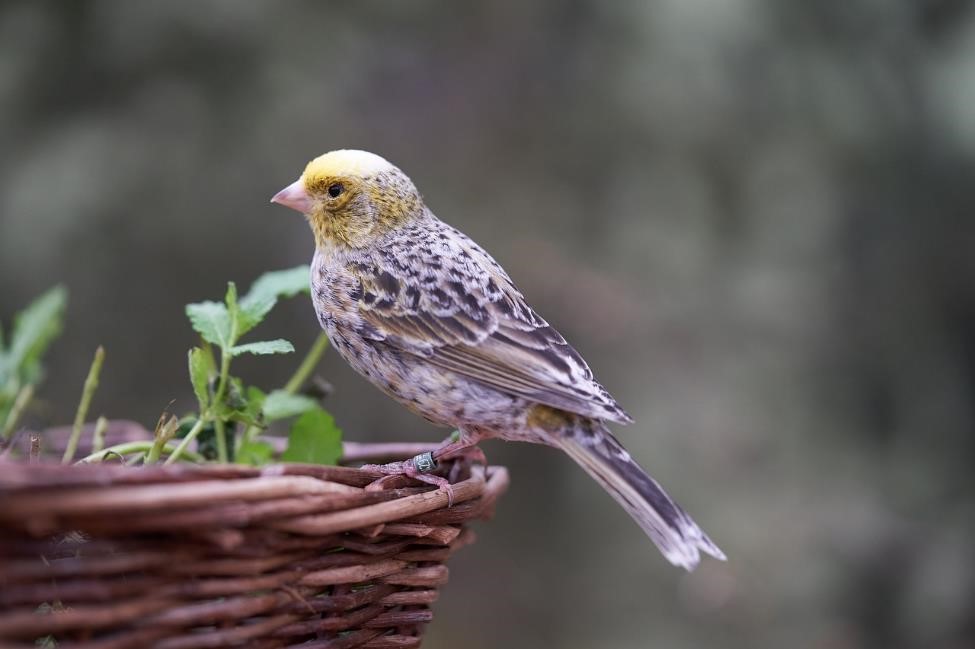The Canary Islands
Grades 4+
 Six main islands make up the Canaries, which are 60 miles northwest of Morocco. When your airplane lands on La Gomera, the second to smallest of the main islands, you are closer to Africa than to Europe.
Six main islands make up the Canaries, which are 60 miles northwest of Morocco. When your airplane lands on La Gomera, the second to smallest of the main islands, you are closer to Africa than to Europe.
A chorus of whistles greets you. They come out of the island’s rugged terrain and steep cliffs.
The whistles are human in origin.
And they are a language. A language of whistling.
 Called Silbo Gomero, or El Silbo (the whistle), the language was developed by locals centuries ago. It has been passed down from generation to generation, and most of the islanders speak it in addition to Castilian Spanish. In the past, Silbo Gomero enabled them to communicate over long distances. The whistles can be heard up to two miles.
Called Silbo Gomero, or El Silbo (the whistle), the language was developed by locals centuries ago. It has been passed down from generation to generation, and most of the islanders speak it in addition to Castilian Spanish. In the past, Silbo Gomero enabled them to communicate over long distances. The whistles can be heard up to two miles.
The language has four consonants and two vowels. By changing the pitch and length of sound, locals can convey almost any message. Scientists who have studied Silbo Gomero have found that whistled languages activate the same regions in the brain as spoken languages do. It shows how adaptable the human brain is.
Is it possible that people in La Gomera were inspired by canary birds to invent Silbo Gomero? The whistling is said to resemble the chirping of the canaries, for which the islands are famous.
Also interesting: The Canary Islands were not named after the birds. It is the other way around. The birds got their name from the islands.
The Canary Islands Activity 1
 Correct any of the following that do not show courtesy.
Correct any of the following that do not show courtesy.
1. Me and Juanito visited my home, the Canary Islands.
2. Juanito learned Silbo Gomero from my mother and I.
3. Juanito thanked me and the canary birds.
4. My mother and I are expert at the whistling language.
5. Juanito said me and him will be sure to return.